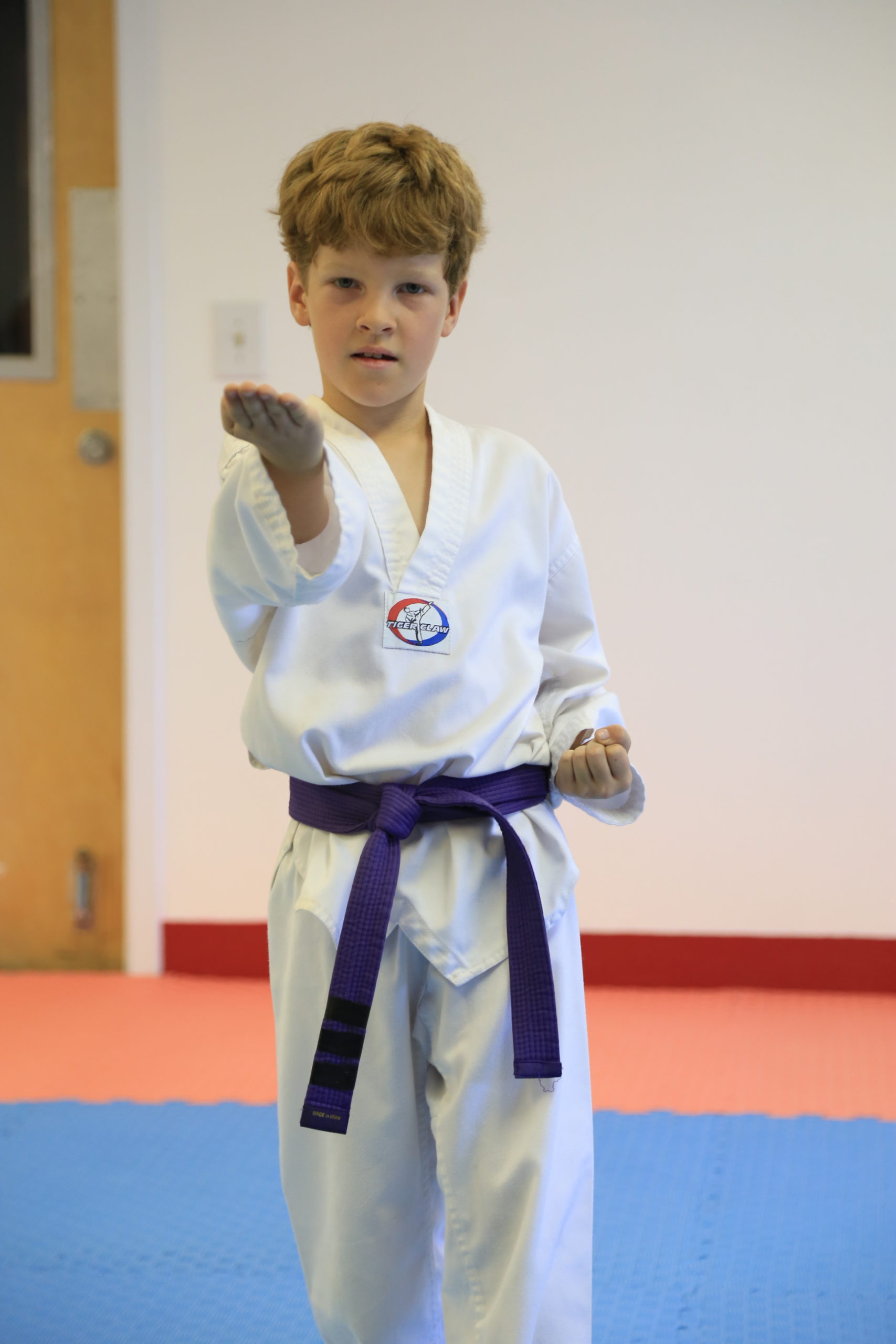
Taekwondo, a traditional Korean martial art, is an excellent activity for children to develop discipline, self-confidence, and physical fitness. One essential aspect of Taekwondo training is the practice of forms, also known as patterns or poomsae. Forms are a series of choreographed movements that simulate combat situations and showcase a practitioner’s skill, precision, and artistry. In this blog article, we will explore the fascinating evolution of forms in Taekwondo, highlighting their historical significance and the artistry involved.
1. Historical Background
To truly appreciate the artistry of Taekwondo forms, we must first understand their historical significance. Taekwondo traces its roots back over 2,000 years when Korean warriors developed various martial art styles for self-defense and protecting their kingdoms. These early martial arts systems gradually evolved into what we now know as Taekwondo. Forms were originally created as mnemonic devices to pass down techniques and combat strategies, preserving the knowledge from one generation to the next.
2. The Birth of Forms
The earliest recorded forms in Taekwondo emerged during the Silla Dynasty (57 BCE – 935 CE). These forms primarily consisted of basic strikes, kicks, and stances. However, they were not as elaborate or refined as the ones practiced today. As Taekwondo continued to develop, forms started incorporating more advanced techniques and movements, reflecting the growth and sophistication of the martial art.
3. The Influence of Japanese Martial Arts
During the early 20th century, Japanese occupation heavily influenced Korean martial arts. Japanese martial arts, like Karate, emphasized forms known as kata. Taekwondo practitioners began to adopt the use of kata-style forms, incorporating them into their training. This assimilation sparked a new era in the evolution of forms, introducing greater fluidity and graceful movements.
4. The Introduction of Taeguk Forms
In 1957, the Korea Taekwondo Association introduced the Taeguk forms. These forms were developed based on Eastern philosophical concepts to enhance the mental and spiritual aspects of Taekwondo training. Each form represented various elements of the natural world. The Taeguk forms are characterized by a combination of powerful, dynamic movements and harmonious, flowing transitions, symbolizing the balance between opposing forces.
5. The Change to Olympic Forms
After the International Olympic Committee recognized Taekwondo as an official Olympic sport in 2000, modifications were made to better align the forms with the tournament format. The traditional forms were adapted, resulting in the creation of the Taegeuk and the more advanced Black Belt forms. These new Olympic forms placed a greater emphasis on explosive and dynamic movements that would score well in a competitive setting.
6. The Artistry in Taekwondo Forms
Modern Taekwondo forms are a true display of artistry in motion. Each movement is precise, intentional, and visually captivating to watch. Practitioners aim to execute techniques with perfection, focusing on elements such as speed, power, timing, and accuracy. Beyond the physical aspects, forms require mental focus and an understanding of the martial art’s principles and philosophy. The ability to channel this knowledge and apply it during a form showcases the practitioner’s artistry.
7. The Benefits for Children
Engaging children in the practice of Taekwondo forms offers numerous benefits. First and foremost, it promotes discipline and respect, requiring them to follow specific movement sequences and show reverence to their instructors. It also enhances their coordination, flexibility, and balance as they strive to perform each movement with precision. Moreover, mastering forms boosts their self-confidence, as they progressively overcome challenges and refine their skills. Additionally, the practice of forms exposes children to the creative and artistic aspects of martial arts, fostering their appreciation for the beauty of movement.
Conclusion
Taekwondo forms have come a long way from their humble beginnings as mnemonic devices for warriors. Today, they are a vivid expression of artistry, embodying the beauty and power of this martial art. Understanding the historical and evolutionary journey of forms in Taekwondo enhances our admiration for this centuries-old tradition. So, if you’re a parent considering Taekwondo for your child, know that embracing the practice of forms will not only benefit their physical fitness but also expose them to a rich and captivating world of martial artistry.
Written by AI & Reviewed by Clinical Psychologist & Head Coach: Yoendry Torres, Psy.D.
Disclaimer: Please note that some blog posts may contain affiliate links and Sana Network will earn a commission if you purchase through those links at no additional cost to you. We use all of the products listed and recommend them because they are companies or products that I have found helpful and trustworthy. Our website is supported by our users.